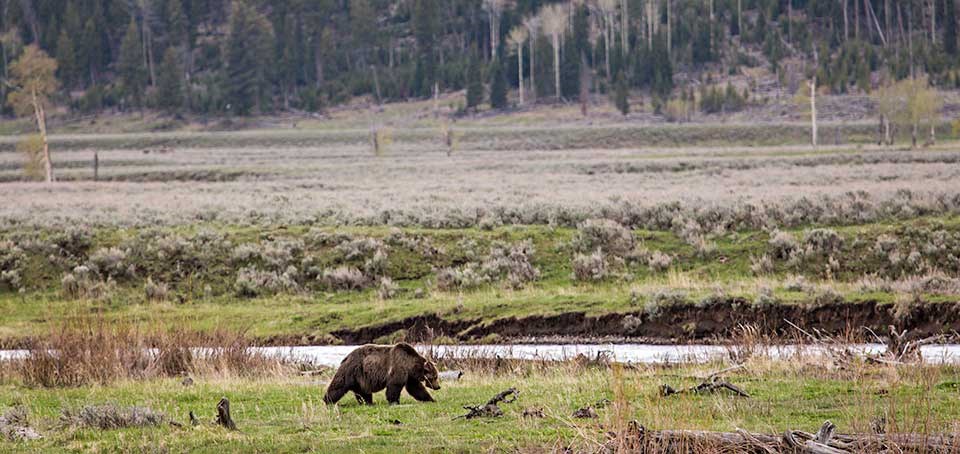Trump Administration Guts Endangered Species Act
The new rules, which the administration says will benefit businesses, tell regulators not to consider science alone when making decisions about endangered species.

Back in May, the United Nations warned that 1 million species are at risk of extinction, and that time is running out to save them — posing a severe risk to human life. Now, the Trump administration has significantly weakened the Endangered Species Act, a bipartisan 1973 law designed to prevent the most threatened species from going extinct.
The Endangered Species Act bans harassing, hurting or capturing species deemed endangered, and it requires agencies to enact rules designed to protect their ecosystems. Its goal, according to the U.S. Fish and Wildlife Service (FWS), is to help species recover to the point that they no longer need federal protection. The most famous species that ecologists credit the FWS with preserving is likely the bald eagle. There were just a few hundred breeding pairs left in the U.S. in the 1970s, according to the American Bird Conservancy. Now, there are thousands.
The Trump administration's argument for scaling back the act rests on the idea that it's a burden to businesses. [10 Animals Back from the Brink of Extinction]
"The revisions finalized with this rulemaking fit squarely within the President's mandate of easing the regulatory burden on the American public, without sacrificing our species' protection and recovery goals," Secretary of Commerce Wilbur Ross, an investor worth hundreds of millions of dollars, said in a statement.
The first key change to the act, according to The New York Times, involved requiring regulators to take economic costs into account when making decisions related to protecting species from extinction. The law previously required regulators to rely entirely on science in their decision-making.
The second key change has to do with the term "foreseeable future" that's used in the act, according to the Times. Currently, regulators can take into account the effects of heat and drought and other impacts that result from ongoing climate change as part of making decisions related to the foreseeable future. The tweak, according to the Times, could lead to disregarding climate science as part of decision-making to protect endangered species.
"Over the objections of nearly everyone, the Trump Administration has eviscerated one of our nation's foundational environmental laws. Poll after poll shows Americans support the Endangered Species Act as a lifeline to the wildlife it protects. The Administration ignored the hundreds of thousands of objections from scientists, wildlife experts and the American people who overwhelmingly support the Endangered Species Act," Rebecca Riley, legal director for the Nature Program at the Natural Resources Defense Council, said in the statement.
Get the world’s most fascinating discoveries delivered straight to your inbox.
Earthjustice, an environmental legal group, also noted the act's popularity, citing research conducted with a polling firm showing that 53% of Americans "strongly support" the act and 37% "somewhat support the act." Only 2% of respondents said they "strongly oppose" the act, with 5% saying they "somewhat oppose" it.
"The Endangered Species Act is one of the most popular and effective environmental laws ever enacted," the group said in a statement. "In the four decades since the Endangered Species Act became law, 99% of species protected under the Endangered Species Act have not perished."
- Photos: Ancient Arrows from Reindeer Hunters Found in Norway
- 10 Climate Myths Busted
- 8 Ways Global Warming Is Already Changing the World
Originally published on Live Science.



